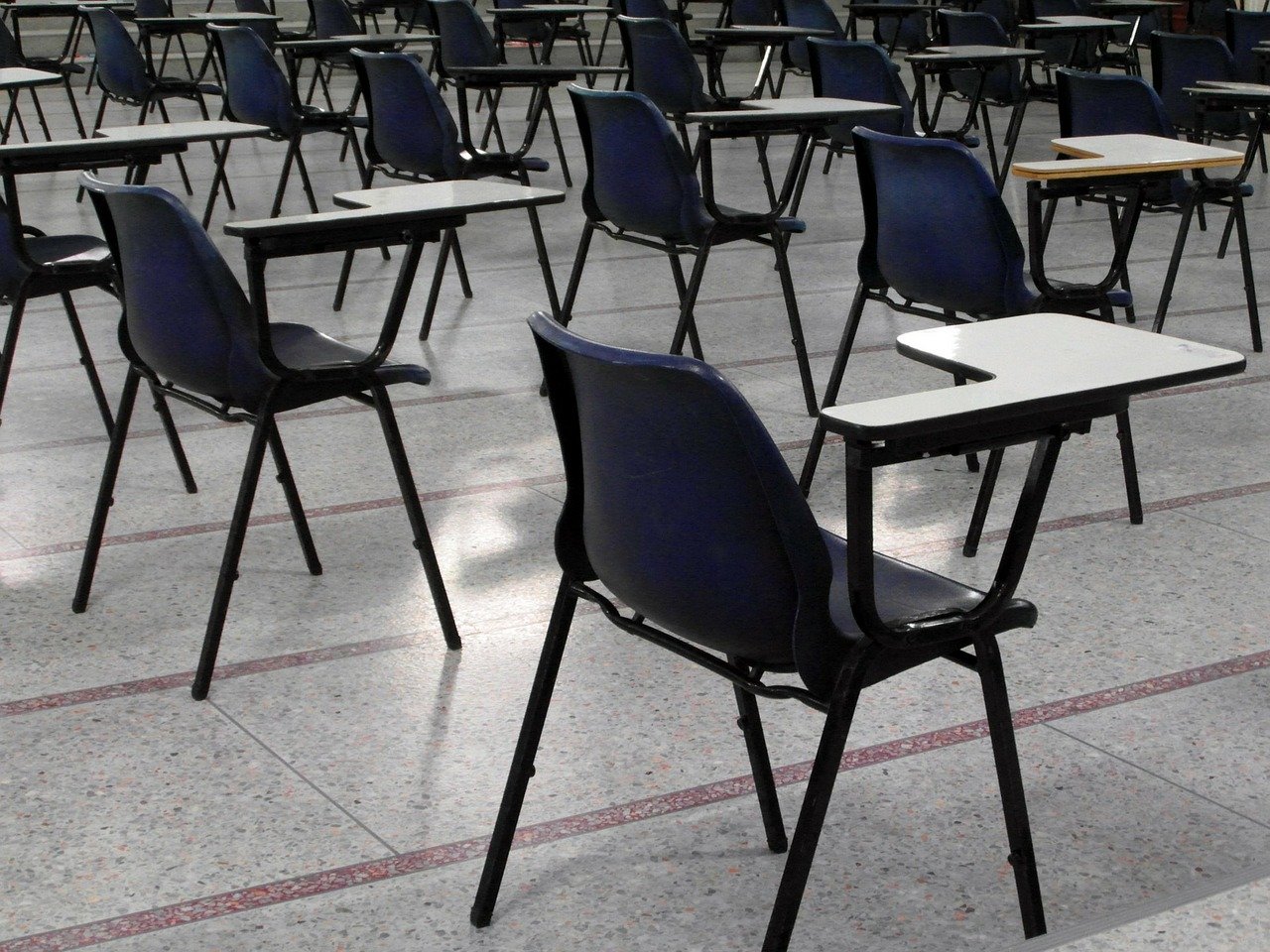
30 Apr Why not a race to the top for diagnostic testing?
By Dale Chu

With spring testing canceled, the need for some form of high-quality diagnostic testing this fall seems to be gaining steam. For the moment, states and districts are still largely focused on basic needs and technology, but I expect the conversation around diagnostics to pick up as we near the end of the school year. As our thoughts turn to reopening schools, a key question in my mind is how to ensure states and districts administer diagnostic testing in a way that quickly and accurately gauges the level of learning loss across all student groups while offering principals and teachers actionable data that will enable them to respond appropriately. Or as Massachusetts Commissioner of Education Jeff Riley puts it, the goal would be twofold: (1) to help educators determine what and where students need to catch up and (2) to help researchers determine which remote learning approaches were the most successful.
This will be no small feat. It’s not too hard to imagine a laissez-faire scenario where states and districts end up all over the map in which tests they select—assuming they do at all—and the level of instructional utility provided. This is not to say that everyone should pick the same diagnostic assessment, but wide variation and lack of consistency—both across and within states and districts—could work at cross-purposes with the important goal of meeting the needs of students, especially those living in our most marginalized communities. Without good guidance and incentive, my fear is this is how things will very likely shake out in the fall.
If we believe schools should use a high-quality diagnostic assessment, a coordinated federal strategy could significantly increase the odds of it happening. In fact, there’s a good argument to be made that the unprecedented nature of this emergency requires national leadership. However, it’s also clear that the modus operandi of the current administration is to kick as many things as possible to the states. This is not a value judgment—our federalist system of government is designed to empower local decision-making—but is there a sweet spot where the feds might be able to have their cake and eat it too vis-à-vis their principles and the need for broader coordination?
One idea I’ve been kicking around is simply asking the feds to dedicate a pot of money for the use of diagnostic assessments. After all, the federal fire hydrant is wide open and when it comes to schools, getting a good handle of COVID-19’s drag on student performance should be towards the top of any to-do list. That said, it’s hard to imagine Betsy DeVos or her deputies signing off on such an approach. No, we need to think more expansively about what the Education Secretary might be willing to do and what needs to be done.
Which brings me to another idea: a $100 million diagnostic assessment contest (the exact dollar amount isn’t the point here, but $100M wouldn’t be out of bounds in light of current federal spend). DeVos has been willing to exercise competition as a policy lever, albeit in the context of teacher professional development and parental choice. To keep the focus on quality, some guardrails would naturally be required, especially the alignment to individual state standards. Indeed, norm-referenced information will be useful too, but schools will need to understand where students are against a high and objective bar. To ensure the tests are instructionally relevant, through-year capability could be another criteria. Other details would need to be ironed out, but the idea is to create an open process that catalyzes movement within the assessment space, and that results in a robust product (or products) that states and districts can easily deploy.
Just as pharmaceutical companies are racing to bring a coronavirus vaccine to market, the feds should encourage and energize assessment outfits to do the same in developing a best in class “COVID-19 diagnostic test.” A miniature race to the top for diagnostic testing would allow DeVos to remain faithful to her commitment to states’ rights while simultaneously greasing the wheels for assessment innovation and potentially affecting the educational trajectories of millions of students across the country whenever in-person schooling resumes.
So what are we waiting for?


No Comments